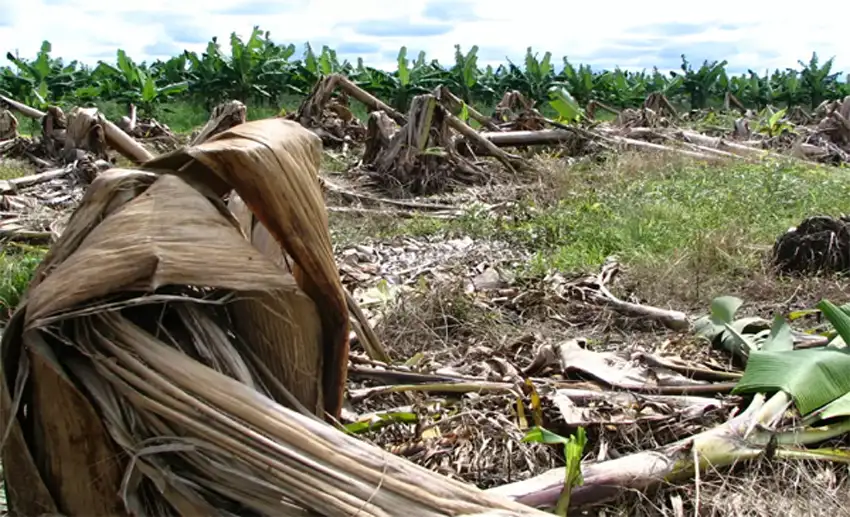To minimize the environmental impact of banana fiber processing, several strategies can be implemented throughout the production chain. Here are some key approaches based on the gathered information:
1. Optimize Extraction Methods
-
- Manual Extraction: Employing manual extraction methods can reduce reliance on chemicals and machinery. While labor-intensive, this method often results in higher-quality fibers with minimal environmental impact.
-
- Biological Extraction: Utilizing enzymes or microorganisms for fiber extraction is an eco-friendly alternative to chemical methods. This approach reduces chemical waste and pollution, although it may be slower and require precise control.
2. Reduce Chemical Use
-
- Eco-Friendly Chemicals: If chemical extraction is necessary, using biodegradable and less harmful chemicals can mitigate environmental risks. Research into alternative, non-toxic agents for retting can further minimize chemical use.
-
- Wastewater Management: Implementing effective wastewater treatment systems can help manage and reduce pollution generated during the processing stages, ensuring that harmful substances do not enter local ecosystems.
3. Minimize Water Usage
-
- Water-Efficient Practices: Developing techniques that require less water for retting and cleaning processes can significantly reduce the overall water footprint of banana fiber production. For instance, exploring dry retting methods or optimizing soaking times can help conserve water.
4. Utilize Agricultural Waste
-
- Waste Utilization: By maximizing the use of banana plant by-products (like pseudostems), manufacturers can reduce agricultural waste. This not only promotes resource efficiency but also contributes to a circular economy where waste is repurposed rather than discarded.

5. Sustainable Farming Practices
-
- Organic Cultivation: Encouraging organic farming practices for banana cultivation can minimize the need for chemical fertilizers and pesticides, thus reducing environmental pollution associated with banana fiber production.
-
- Agroforestry Systems: Integrating banana cultivation into agroforestry systems can enhance biodiversity and improve soil health, further reducing the ecological footprint of fiber production.
6. Research and Development
-
- Innovative Processing Techniques: Ongoing research into more sustainable processing methods can lead to advancements that lower the environmental impact of banana fiber production. Innovations in technology may improve efficiency while reducing waste and energy consumption.
7. Consumer Awareness and Education
-
- Promote Sustainable Products: Educating consumers about the benefits of banana fiber products can increase demand for sustainably produced textiles. Awareness campaigns can highlight the environmental advantages of choosing banana fiber over synthetic alternatives.
Conclusion
By implementing these strategies, the environmental impact of banana fiber processing can be significantly minimized. Focusing on sustainable practices throughout the production chain not only enhances the ecological benefits of banana fiber but also positions it as a viable alternative in the sustainable textile market. As consumer awareness grows, these efforts will contribute to a more responsible and eco-friendly approach to textile production.

